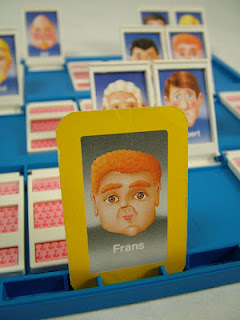Category: numeracy
**this post was elaborated on in the May 2016 issue of The Variable from the SMTS.
**this game is part of a larger collection of classroom games entitled, 16 Boxes: Ten Numeracy Routines for the Classroom available (for free) at this link.
This is a game that was adapted from a colleague in my department. He can’t quite remember where it came from, but knows there was some influence from his undergraduate days. Nonetheless, he reinvented it to play with his Grade 9s, and this post represents yet another reinvention.
Let it be known that Sadie Estrella is a Hawaiian treasure.
She made her way north for SUM2015 in Saskatoon and I got the opportunity to learn from her about counting circles (as well as share an eventful dinner).
It is probably good to understand her work on counting circles before reading a couple of ideas I had during her session.
I went to her blog and searched for #countingcircle, and the results can be read here.
I joined a middle years math community organized by my school division. I have a growing interest in the transition of students from middle school to high school because many of the tasks I use or create get at middle years content. I’m wondering what knowledge students come to my room with and what atmosphere it was learned in. Both have huge impacts on how students operate in my room.
I was surprised to hear that middle years teachers lamented that students could not use number lines. I use number lines as a support in my high school classes because I (ignorantly) assumed that this was an accessible tool from their elementary days. As it turns out, what I thought was making things easier for kids to conceptualize, probably was causing cold sweats and night terrors.
I have students in an enriched class that demand for me to give them more practice. I tell them that we practice mathematics with daily class activities. They don’t want practice, they want repeated practice. They are accustomed to receiving repeatable drills to cement understandings.
I was alerted to this video by a pre-service teacher that helps in my room every week. Before this post makes any sense, you should watch the video below. Try to watch the whole thing–I found that task very difficult.
My goal this semester was to continue to improve my use of formative assessment (largely through the use of whiteboarding) and expand the role of Project-Based Learning in my classroom. Up to this point, I have developed a wide-scale PBL framework for an applied stream of math we have in the province called Workplace and Apprenticeship Math. Those specific topics lend themselves very well to the methodology; they are a natural fit for PBL. I am still looking for ways to branch the intangibles from PBL into a more abstract strand of mathematics–one that includes relations, exponents, functions, trig, etc.
This post contains no real lesson or task ideas. That is a rarity for me, but every so often a philosophical battle ignites in my brain. More often than not, the question does not come from an established professional development vessel. Our division provides numerous officially sanctioned “PD” events throughout the year. They serve their purpose, but rarely motivate like those questions that come from within–or, in this case, from a student.
Every teacher is familiar with the following conversation:
 |
|
| http://www.flickr.com/photos/unloveable/2398625902/ |
This post marks a couple of milestones for Musing Mathematically. First, this is the 50th post overall. For some reason that seems significant. Second, this post marks the blog’s first coined phrase–Atomic Skills.
I love the term atomic skills, but I can’t remember when I started using it. I believe it was the result of my limited vocabulary attempting to explain the current disconnectedness of math education. An atomic skill is a foundational skill. An atomic skill is a skill that holds no real ‘stand-alone’ significance, but can build toward a very significant solution. Atomic skills are usually practiced in isolation of each other in a very repetitive fashion. In school mathematics, atomic skills often make the difference between a good and bad student. Students classify errors with atomic skills as “stupid mistakes”.